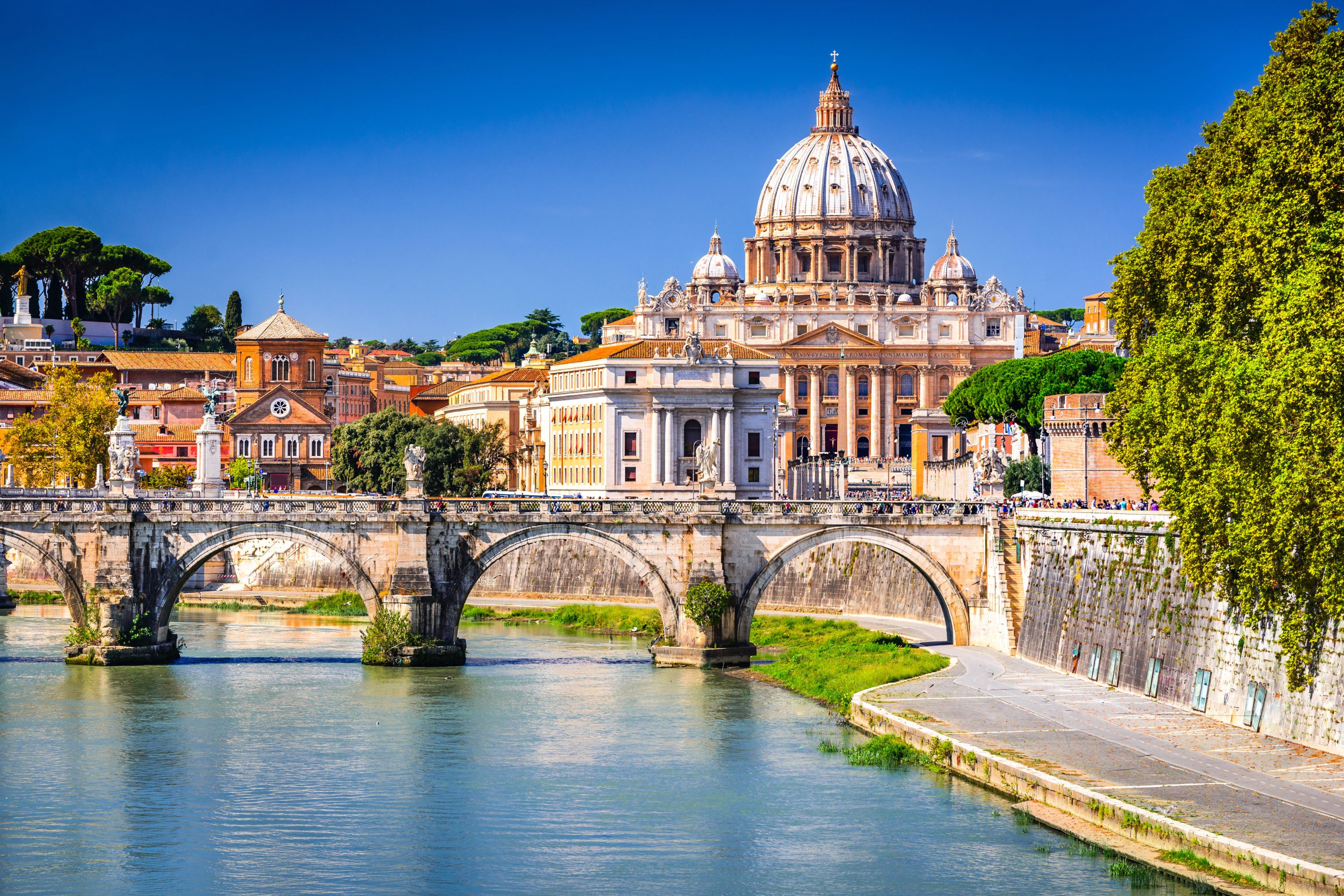A 2,000-Year-Old Garden That Once Belonged To A Roman Emperor Was Discovered Near Vatican City, Overlooking The Banks Of The Tiber River

Near Vatican City in Italy, a 2,000-year-old garden that once belonged to a Roman emperor was discovered. The garden overlooks the banks of the Tiber River, which cuts through Rome to the east of Vatican City.
According to a translated statement from the Italian Ministry of Culture, construction workers unearthed the garden’s ruins while building a new overpass at Piazza Pia. When they removed the debris, they found a lead water pipe inscribed with the words “C(ai) Cæsaris Aug(usti) Germanici.”
Researchers determined that the inscription referred to Gaius Caesar Augustus Germanicus, who, in childhood, was nicknamed “Caligula,” which meant “little boot,” by his father’s soldiers. The garden most likely belonged to the emperor.
Caligula took the throne in A.D. 37. During his four-year reign, he drained the Roman treasury, spending large amounts of money on lavish building projects.
For instance, he ordered a two-mile floating bridge to be erected on the Bay of Bauli. The sole purpose of the bridge’s construction was so he could gallop across it on his horse for two days.
Finally, he was stabbed to death, along with his wife and daughter, in A.D. 41 by the Praetorian Guard, the officials who were supposed to protect him.
For everyone involved, it was long overdue, as Caligula was known for being a ruthless tyrant who liked to humiliate his senate by forcing members to run for miles in front of his chariot. He was the first Roman emperor to die by assassination.
The garden was mentioned in the ancient text “On the Embassy to Gaius,” written by Egyptian philosopher Philo of Alexandria. A passage from the text described how Caligula met with a representative of Jews living in Alexandria in a garden situated along the Tiber.
At the time, there was a lot of violence and religious intolerance between Jewish Alexandrians and Greeks in Alexandria. The Jews requested the freedom to practice their religion, but Caligula took the Greeks’ side instead.
ecstk22 – stock.adobe.com – illustrative purposes only
Sign up for Chip Chick’s newsletter and get stories like this delivered to your inbox.
An archaeologist at the Special Superintendency for Archaeology, Fine Art, and Landscape named Alessio de Cristofaro noted that the garden was found in the same area as the “Horti Agrippinae” was known to be. The Horti Agrippinae was the garden of Agrippina the Elder, who was Caligula’s mother.
Furthermore, the pipe closely resembles another one that was uncovered in the early 1900s. The earlier pipe was engraved with the name Iulia (Julia) Augusta. She was the second wife of Augustus and the grandmother of Germanicus.
It is believed that Germanicus inherited the garden. He later passed it down to his wife, Agrippina the Elder, and then it went to Caligula.
In addition to the pipe, there were slabs of pottery from the Roman era and terracotta figures from mythology that were used as decorations for rooftops.
Welcome to Billionaire Club Co LLC, your gateway to a brand-new social media experience! Sign up today and dive into over 10,000 fresh daily articles and videos curated just for your enjoyment. Enjoy the ad free experience, unlimited content interactions, and get that coveted blue check verification—all for just $1 a month!
Account Frozen
Your account is frozen. You can still view content but cannot interact with it.
Please go to your settings to update your account status.
Open Profile Settings